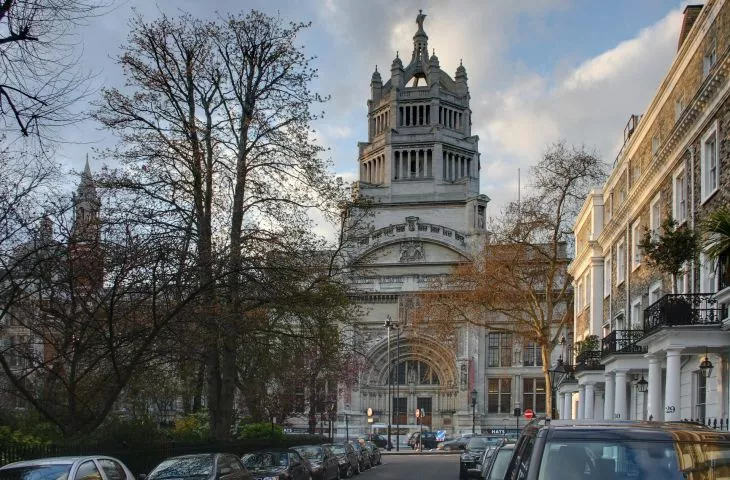Just as we walk through open-air museums today, observing the everyday tools of our great-grandparents, will our great-great-grandchildren do the same? Certainly, the question is whether an important part of the tour will be the year 2020, when the SARS-CoV-2 pandemic erupts. London's Victoria and Albert Museum is preparing for this possibility.
Cardboard boxes, doorknobs, toilet paper, sewing machines - these are the objects that will land in a unique virtual exhibition being prepared by the Victoria and Albert Museum in London. The exhibition will present everyday objects that have taken on a completely different meaning in the coronavirus era.
The pandemic changed our everyday life. The isolation we were forced into to prevent the spread of SARS-CoV-2 made our world shrink, so to speak. Now the occasional visit to the grocery store is an odyssey-like expedition, and the only contact with another human being we can afford is virtual. Thus, in the absence of other stimuli, we are learning to appreciate simple pleasures anew, and the objects we surround ourselves with are now taking on a new meaning. This is the opinion of the curators of the exhibition being prepared on the effects of the pandemic. And it will concern precisely this everyday, mundane side of life in the shadow of the coronavirus.
The pandemic has this bizarre power to put ordinary objects in the foreground. Particularly important now are things that have so far remained unnoticed, that we have taken for granted, " Brendan Cormier, curator of design at London's Victoria and Albert Museum, points out in an interview with The Guardian.
Everyday life on display online
With all exhibitions temporarily canceled, Cormier decided to engage his team to create a unique virtual show featuring everyday objects. They want to look at how the pandemic has changed our lives and perceptions of our surroundings - especially those closest to home.
To this end, there will be a series called "Pandemic Objects" dedicated to the objects we surround ourselves with every day, which have gained new meaning and value as a result of the pandemic. Thus, such exhibits as toilet paper, cardboard packaging, photos of balconies, sewing machines and doorknobs will land on the virtual exhibition. The latter have caught the attention of curator Natalie Kane, who will present as part of the exhibition how our attitude toward this seemingly harmless piece of home furnishings has changed.
Since it was announced that the virus can survive on surfaces such as doorknobs for up to three days, we have suddenly realized how difficult it is not to touch them. They are now a hindrance, not a facilitator, " explains Kane.
Flour and yeast
The exhibition will also touch on the theme of our culinary tastes, which have changed under the influence of the pandemic. Catherine Flood, co-author of last year's "FOOD: Bigger than the Plate" exhibition , will look at flour and yeast, among other things. Products that have so far received little attention have suddenly become luxury goods. The reason is the growing popularity of baking homemade bread - one of the favorite activities during isolation. Recipes for homemade sourdough and various varieties of bread, led by banana bread, have been proliferating online for weeks. No surprise there. As Cormier notes, baking has therapeutic powers, helping us cope with stress, relieve negative emotions, and finally - feel self-sufficient.
Whether we're talking about a newfound love of baking bread or a fear of the virus residing on doorknobs or cardboard boxes, the pandemic has undoubtedly changed our attitudes toward many everyday objects and mundane activities. Even when the world returns to normal, we will probably never again look in the same way at toilet paper, which for a time was a scarce commodity, or our own balcony, which in turn has become a refuge and perhaps the most valuable element of home space. The virtual exhibition "Pandemic Objects" will be presented on the Victoria and Albert Museum website.














